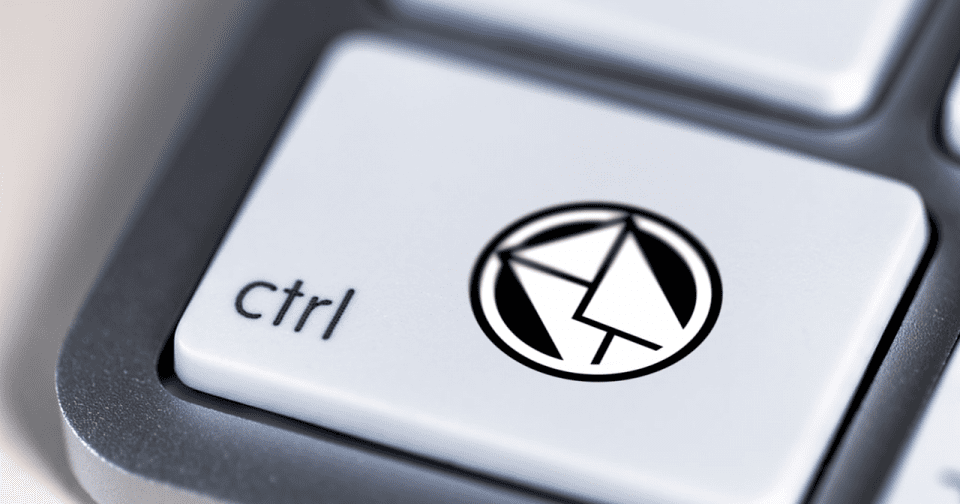We all know that the digital landscape has changed and has had a profound impact on fundraising. In the past year alone, online giving has grown significantly. In fact, the Chronicle of Philanthropy and Network for Good Digital Giving Index has shown that the number of donors has increased by 114% from August 2016 to August 2017. What’s more, the amount donated has also increased by 73%. This represents roughly $292 million raised from online giving alone. So what are you doing to ensure that your organization is enjoying a healthy portion of that pie?
As surprising as it may seem, most development professionals actually believe in the philanthropic causes they represent, and sometimes assume that our donors should give simply because our cause is so worthwhile. But we’re living in a day and age in which we’re constantly bombarded with email and web marketing about the newest products, the hottest events around town, and the latest fireside sales. So, how do we bust through the noise to ensure that our philanthropic messages are heard? What can you do to make certain that your constituents open your emails or visit your website? The key is to think like a traditional marketer.
Marketing professionals have honed the art of understanding their customer. Like them, we must understand our donor. Surveys and the like are certainly one way to learn their behaviors and attitudes, but the best way is to examine their giving patterns. Big Data is not simply a trend; it’s the next wave of marketing analytics.
When your donors are visiting your website, what are they viewing? Heat maps reveal where donors are clicking regularly and what they are most interested in learning. They can be used to shape the website architecture to drive donors to the most important button on your site—the “Give Now” button.
What about email marketing? Are you taking the necessary steps to ensure that your emails are read? Traditional A/B tests can still inform our strategy. They reveal game-changing data points like the best delivery dates and times to the most effective subject lines. Even minor adjustments like personalizing a subject line with the recipient’s first name can increase open rates.
However, this information is only helpful if you have an understanding of your donor base. Segmenting your constituents in behavior-driven categories or by affinities can greatly enhance the results of your A/B testing. First-time donors, for example, are less likely to open your email or visit your site than loyal, repeat donors. In order to learn the differences in donor behaviors and to detect giving patterns, you must first study how and when they respond. In other words, your testing methodology should reflect the outcomes you’re trying influence. Ultimately, understanding your audience, their interests and motivations can increase giving.
Today, our lives are lived online and we must adapt our fundraising strategies to connect with people in the medium they are using. The future is looming and 2018 is just around the corner—make no mistake this pie will be eaten! Maybe its time to fill your plate. Stay tuned for more information about the upcoming trends in email marketing and how your organization can benefit.

 420-737-921-492
420-737-921-492 410-245-0398
410-245-0398 647-969-8866
647-969-8866





 www.SSutton-and-Associates.com
www.SSutton-and-Associates.com